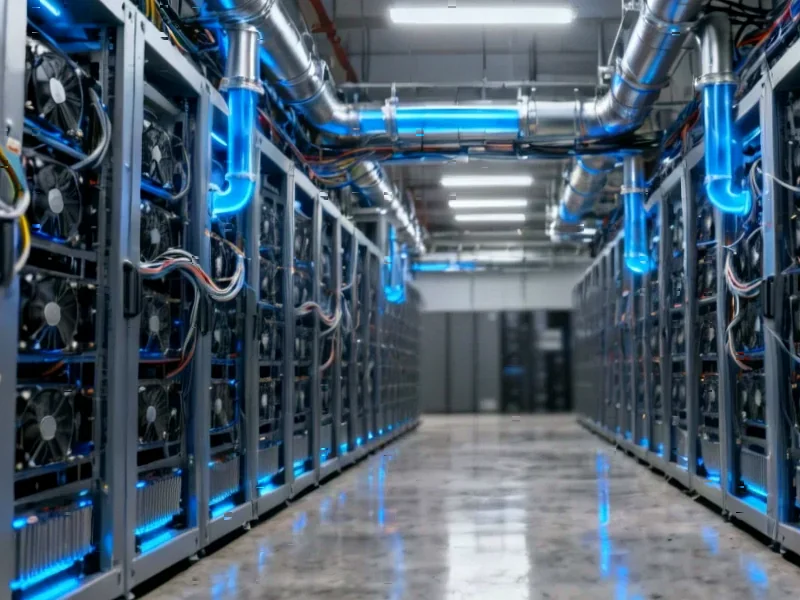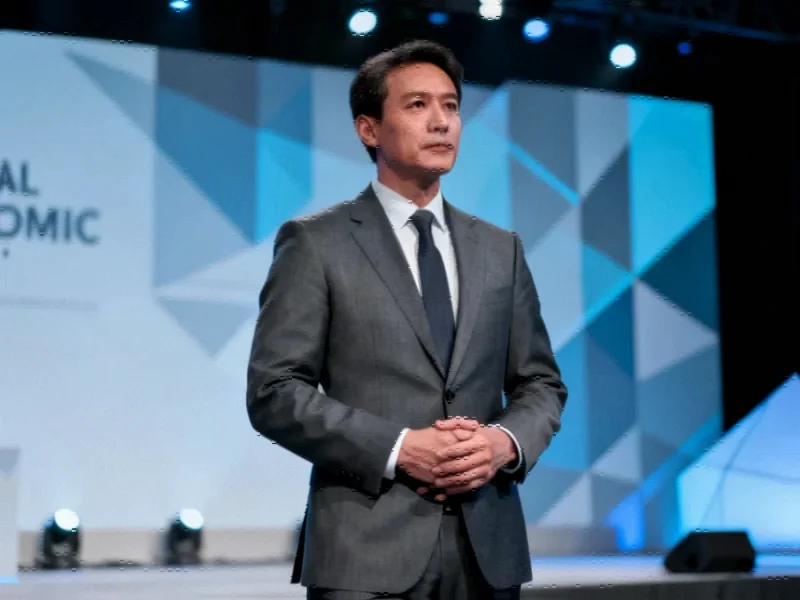According to CNBC, Loop Capital has maintained its buy rating on Nvidia while dramatically increasing its price target from $250 to $350 per share, representing a potential 73% upside. Analyst Ananda Baruah predicts the company will double its GPU shipments over the next 12-15 months, reaching 2.1 million units by the January quarter of 2026. The firm believes Nvidia is entering a “Golden Wave” of generative AI adoption with stronger-than-expected demand, though Baruah noted risks including real estate and power constraints plus potential legislation impacting AI revenue generation. Nvidia shares have already rallied 51% this year, with 60 of 66 covering analysts rating it a buy or strong buy according to LSEG data. This optimistic outlook comes with significant infrastructure challenges that deserve closer examination.
The Power Grid Problem
The most immediate constraint facing Nvidia’s projected growth isn’t manufacturing capacity or even demand—it’s electrical infrastructure. Each H100 GPU consumes approximately 700 watts, meaning the projected 2.1 million additional units would require nearly 1.5 gigawatts of continuous power, equivalent to the output of a large nuclear power plant. Data centers housing these GPUs face increasingly limited access to reliable power in key markets like Northern Virginia, which hosts the world’s largest concentration of data centers. The timeline for building new substations and transmission lines often exceeds the 12-15 month window for Nvidia’s projected shipment growth, creating a fundamental mismatch between hardware availability and operational capacity.
Enterprise Adoption Challenges
While generative AI enthusiasm runs high, enterprise adoption faces practical hurdles that could slow the projected demand surge. Most large organizations are still in the experimental phase with AI, running limited proofs-of-concept rather than deploying at the scale needed to absorb doubled GPU shipments. The transition from pilot to production requires significant changes to data governance, security protocols, and workforce training—processes that typically take 18-24 months for large enterprises. This creates a potential gap between Nvidia’s manufacturing capacity and the actual enterprise readiness to deploy AI at scale.
The Regulatory Wild Card
Baruah’s mention of legislation risks deserves more attention than the brief acknowledgment suggests. The European Union’s AI Act establishes comprehensive requirements for high-risk AI systems that could significantly impact development timelines and costs. Meanwhile, U.S. export controls on advanced AI chips to China continue to evolve, potentially cutting Nvidia off from what was historically one of its largest markets. These regulatory developments create uncertainty not just for Nvidia but for the entire AI ecosystem that depends on consistent access to advanced computing hardware.
The Emerging Competitive Response
While Nvidia currently dominates the AI training market, the projected shipment growth assumes continued market leadership despite increasing competition. Major cloud providers including Google, Amazon, and Microsoft are developing custom AI chips to reduce dependency on Nvidia. These alternatives may not match Nvidia’s performance today, but they represent a strategic shift that could cap Nvidia’s pricing power and market share over the longer term. The Blackwell architecture’s success depends on maintaining both performance superiority and software ecosystem advantages as competitors narrow the gap.
Realistic Growth Scenarios
For investors, the key question isn’t whether Nvidia will grow—it’s whether the growth trajectory can sustain the premium valuation. The stock currently trades at approximately 35 times forward earnings, pricing in near-perfect execution of the AI adoption story. Any stumble in Blackwell ramp-up, enterprise adoption timelines, or infrastructure development could trigger significant multiple compression. While the AI revolution is real, historical technology adoption curves suggest periods of consolidation typically follow initial explosive growth—a pattern that could challenge the straight-line projection to $400 per share.





Your point of view caught my eye and was very interesting. Thanks. I have a question for you.